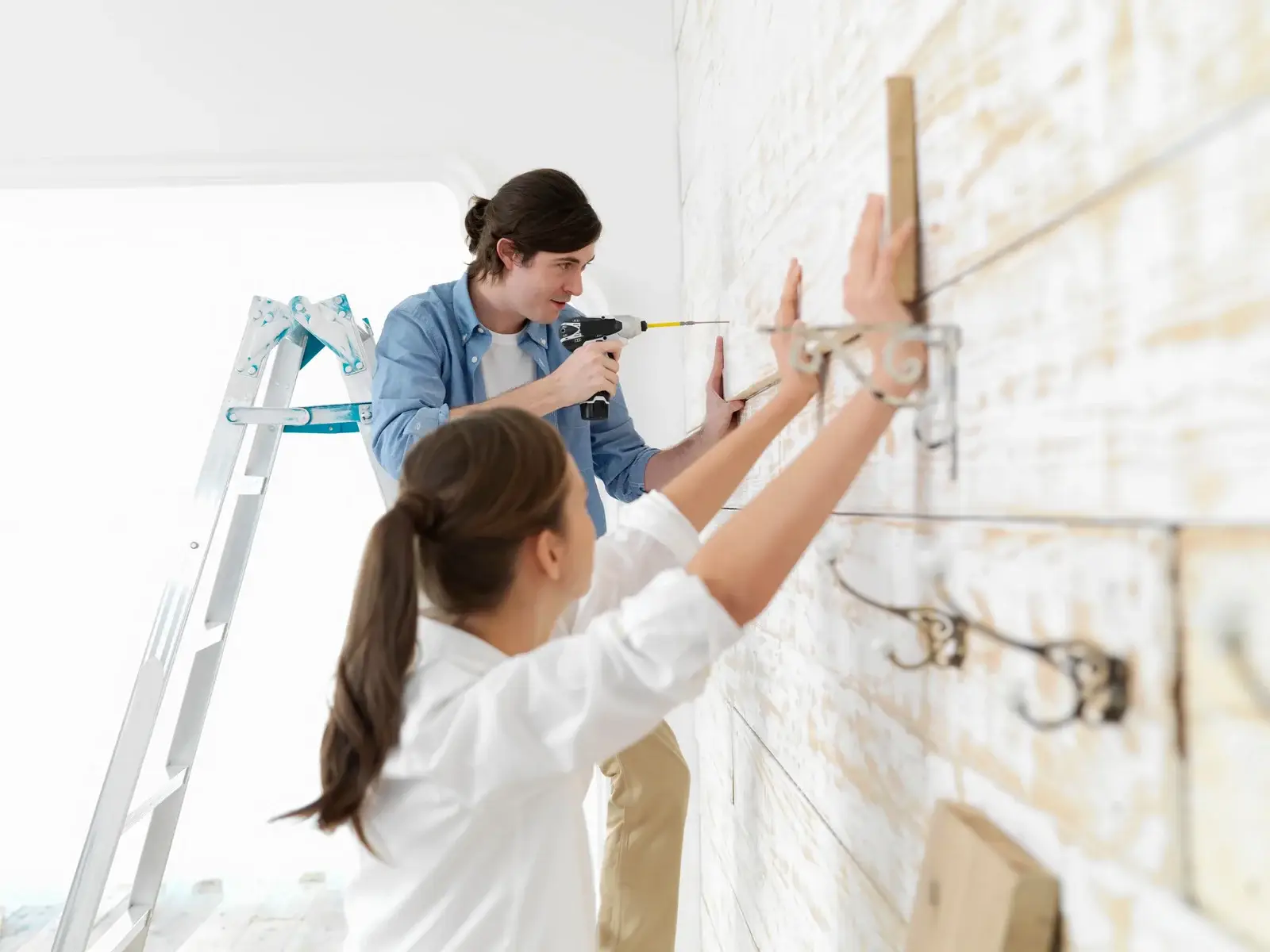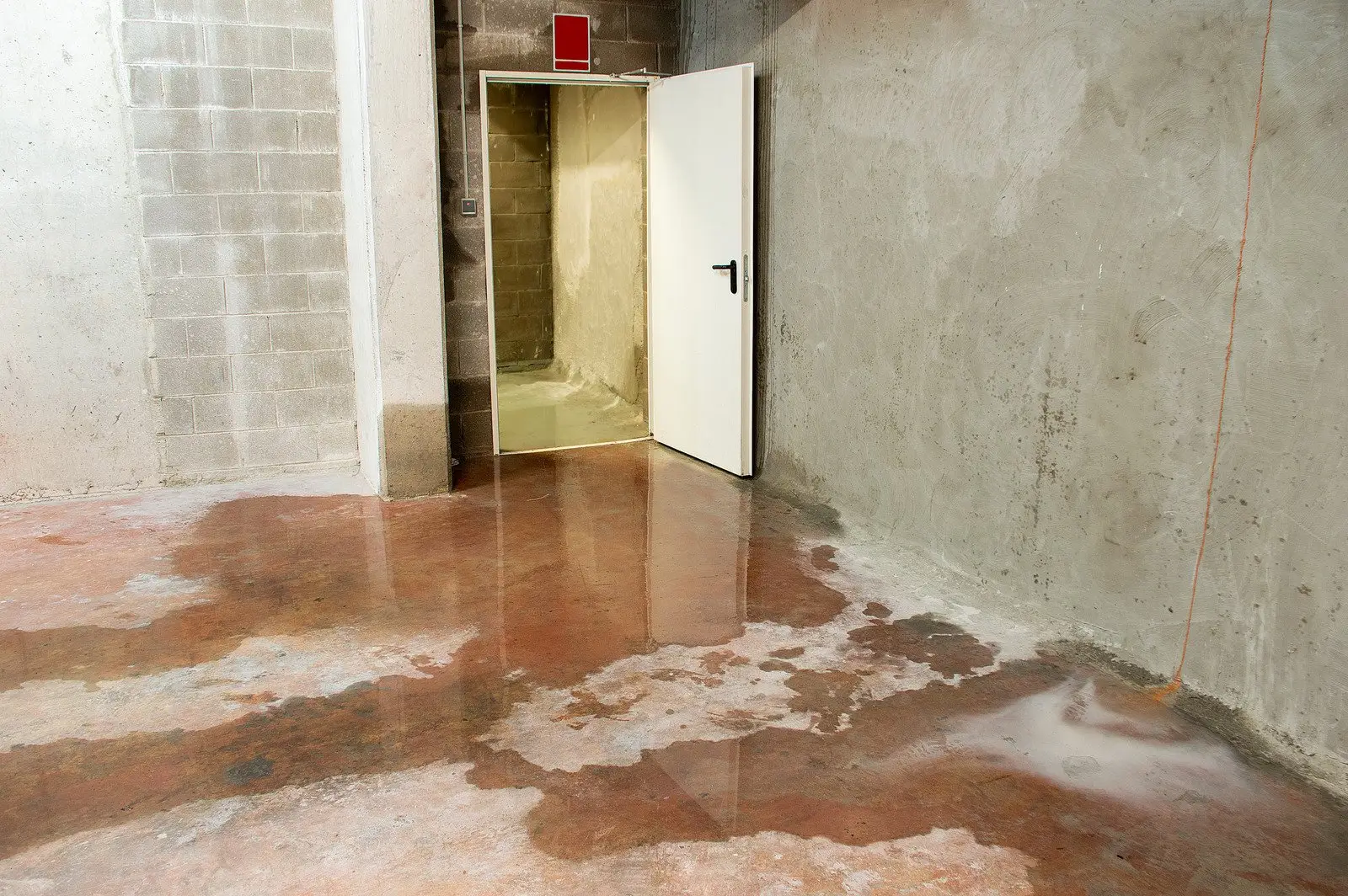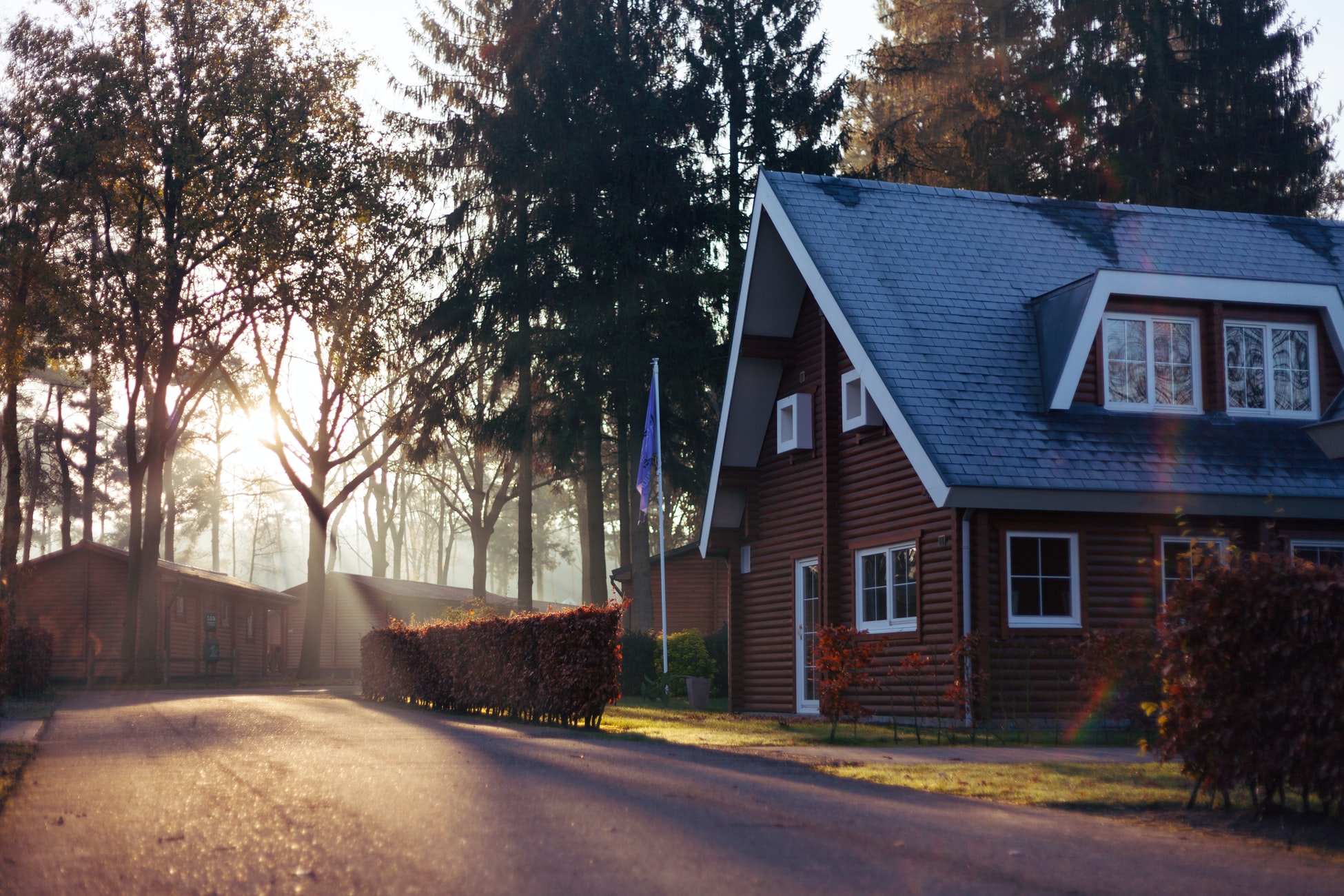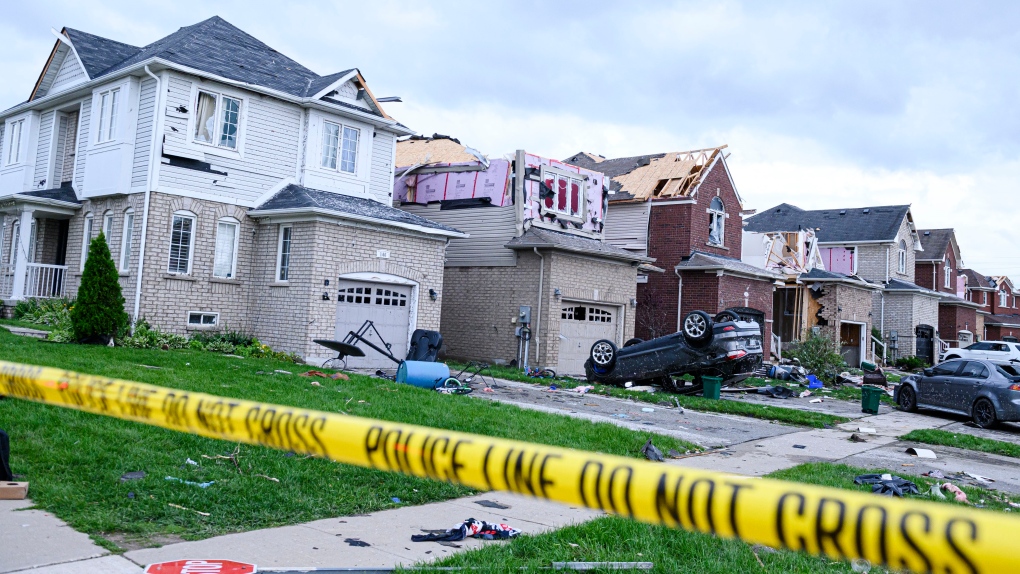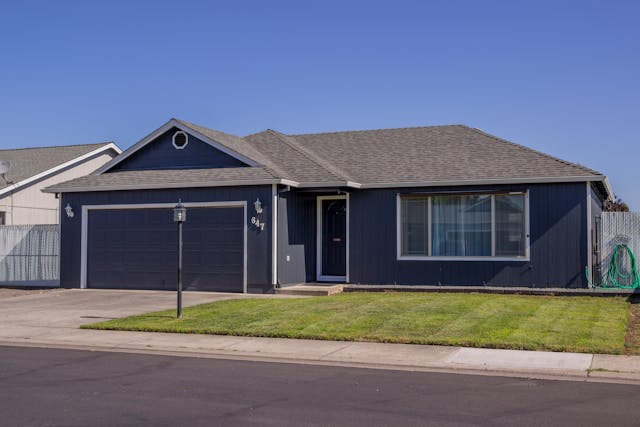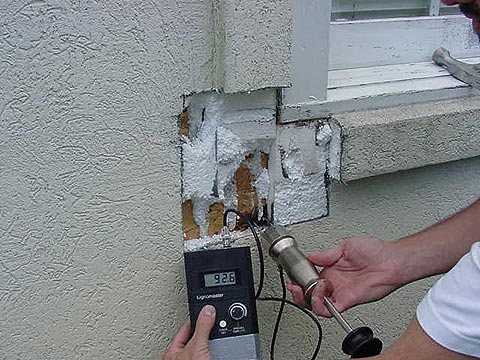
Stucco failure is an all-too-common problem in Ontario, where over the past 15 years over 70% of stucco installations have been defective. An unsightly and dangerous issue, the moisture intrusion that results from failed stucco can lead to extensive damage and rot.
If you’re worried about stucco failure in your home, it’s crucial to diagnose and solve any problems as quickly as possible. This can be hard to diagnose without invasive or destructive testing, but there are several stucco failure warning signs that concerned homeowners should keep an eye out for.

6 STUCCO FAILURE QUESTIONS HOMEOWNERS SHOULD ASK
These are the questions a stucco inspector will seek to answer in order to tell if you have bad stucco. Homeowners who are worried about stucco home problems should ask themselves these questions, too.
Have there been any leaks in the stucco siding?
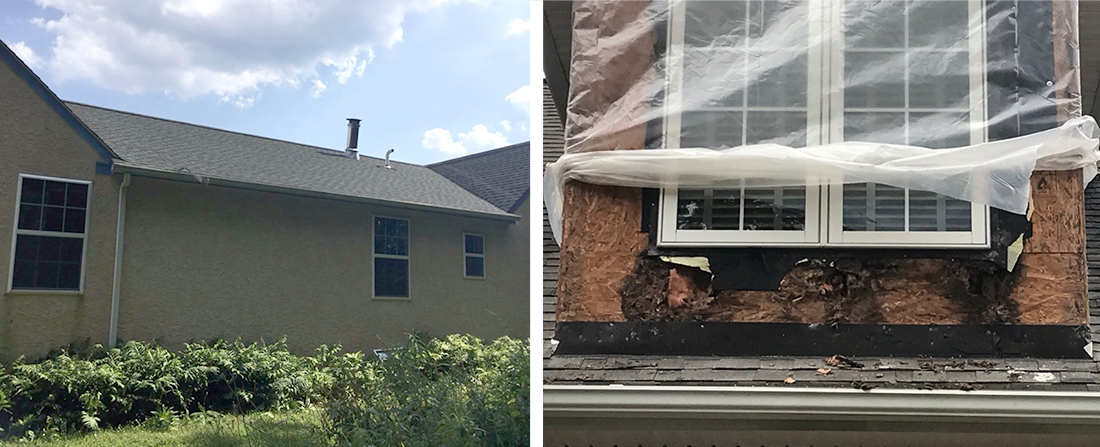
Thinking about all the years you’ve lived in your home, whether it’s been 2 years or 20. Has there ever been a leak? If so, was the issue plumbing-related? If not, chances are good that the leak was caused by a deficiency in your home’s exterior. Consider any leaks that have occurred in your stucco siding and start there.
Is the home’s caulking missing or aged?
one thing to keep in mind is to Inspect the interior trim of your home’s windows and doors. Look for missing or aged caulking around the trim. There should be sealant around the entire perimeter of the window and door opening. If you see shrunken, dried caulking, or if the adhesion is no longer present, then that area has a higher probability for water and air intrusion. Remember, stucco failure begins when water is allowed into the wall cavity.
HINT: If you can feel a draft, that means water can enter as well!
Is the transition between stucco and other siding materials properly sealed?
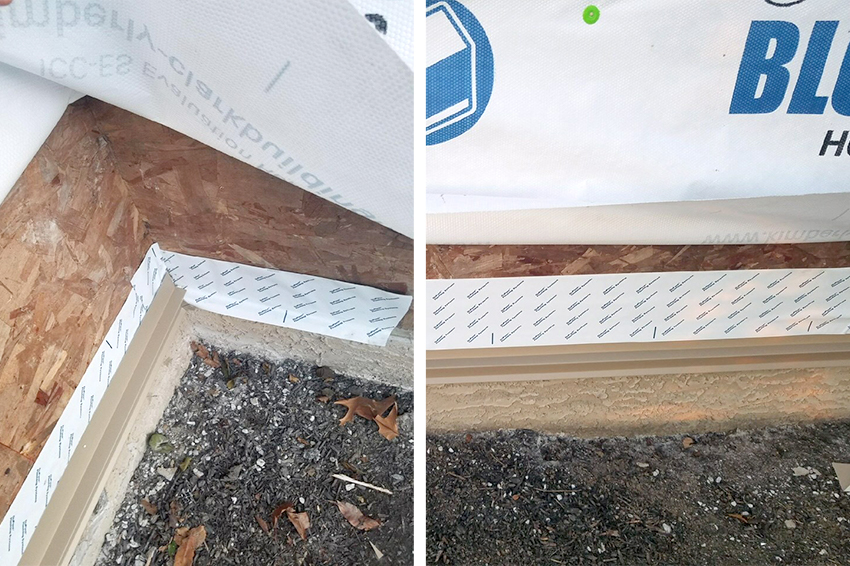
If you have Stucco or EFIS on the exterior of your home, any dissimilar materials must be separated. Those junctions must be sealed with an approved sealant.
Of all the homes with stucco failure that I’ve seen, I would say over 95% are lacking in this vital construction detail.
Is the stucco cracking or turning black?
Cracking and discoloration are perhaps the most common indicators of stucco home problems. Look at your home’s stucco siding and try to identify these common signs of damage:
- Heavy staining
- Thin cracks
- Long cracks
- Bulges in the stucco wall finish
- Missing stucco
Even if you can only find some of the issues listed above, these stucco failure warning signs are often just the tip of the iceberg.
Is there rot near the fixtures in exterior walls?
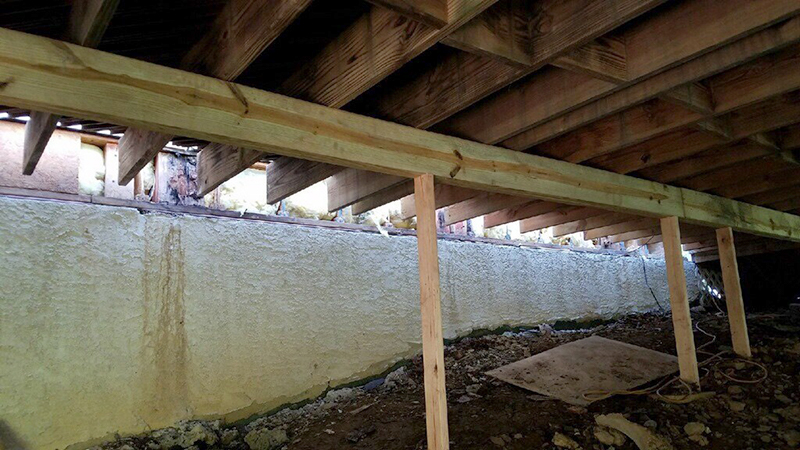
Try to visually identify signs of rot near windows and doors. You may see dark spots, stains, cracks, or even entire missing pieces of stucco. There could also be a telltale smell of wet, rotting wood if you get close enough.
Maybe try looking at the lower sections like the window and door sill. If you see damage in these areas, it’s highly likely that water has infiltrated into the wall cavity.
Be sure to carefully inspect around all penetrations coming out of the exterior of the house, too. In the stucco homes I have remediated, these areas have consistently contained a large amount of the overall damage:
- Light fixtures
- Electrical outlets
- Pipes
- Wires
- Fans
- Meter boxes
- Decks
Is there a wood-framed chimney?

Of all the problem areas that lead to stucco failure. Wood-framed chimneys have been the most common issue throughout my 29 years in exterior construction. Wood-framed chimneys just do not get along with stucco, but for whatever reason, it seems that hundreds of homes have tried (and failed) to marry the two together.
To see if your chimney is causing stucco problems in your home, you must first determine if the stucco is applied to block masonry or wood framing. To test and see which you have, walk up to the chimney exterior and lightly tap the surface – about 2 to 3 feet from the base – with a few knuckles. Attempt to feel and hear if it is a solid, hard surface, or a hollow, softer, bouncy surface. The latter will be of wood-framed construction. In that case, it has been my experience that this type of construction is most likely leading to stucco failure.
But I want stucco because all the capabilities it offers, so whats next?
Main while now a day stucco is categorized by systems, because its a process that starts from moisture proofing the surface prior to starting the installation which results in a dripping system behind which stops the accumulation of moisture and water behind. Every moisture and water behind will come out eventually so the installation remains dry and long-lasting.
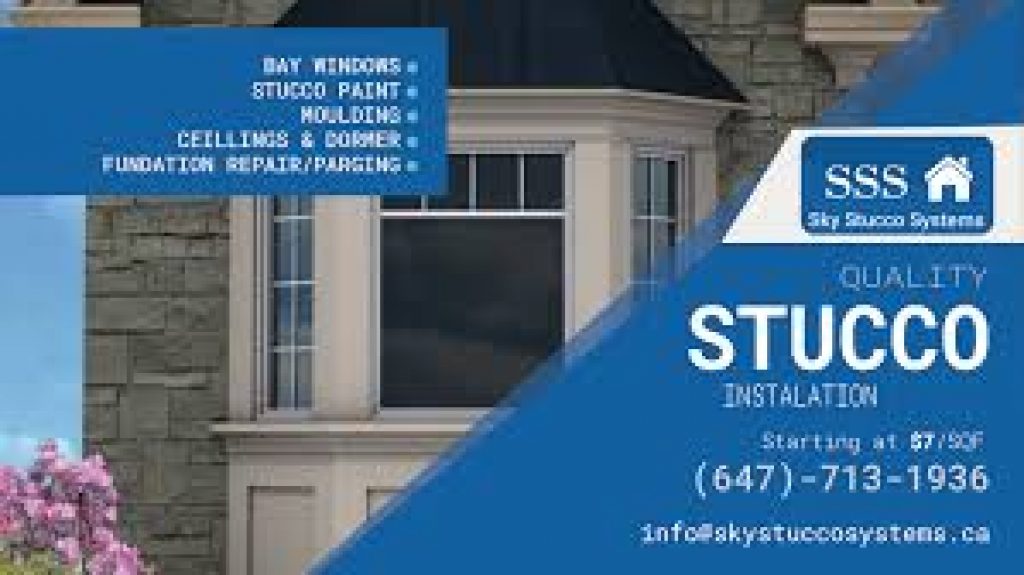
If you ever run out with any of these issues, contact us today!



